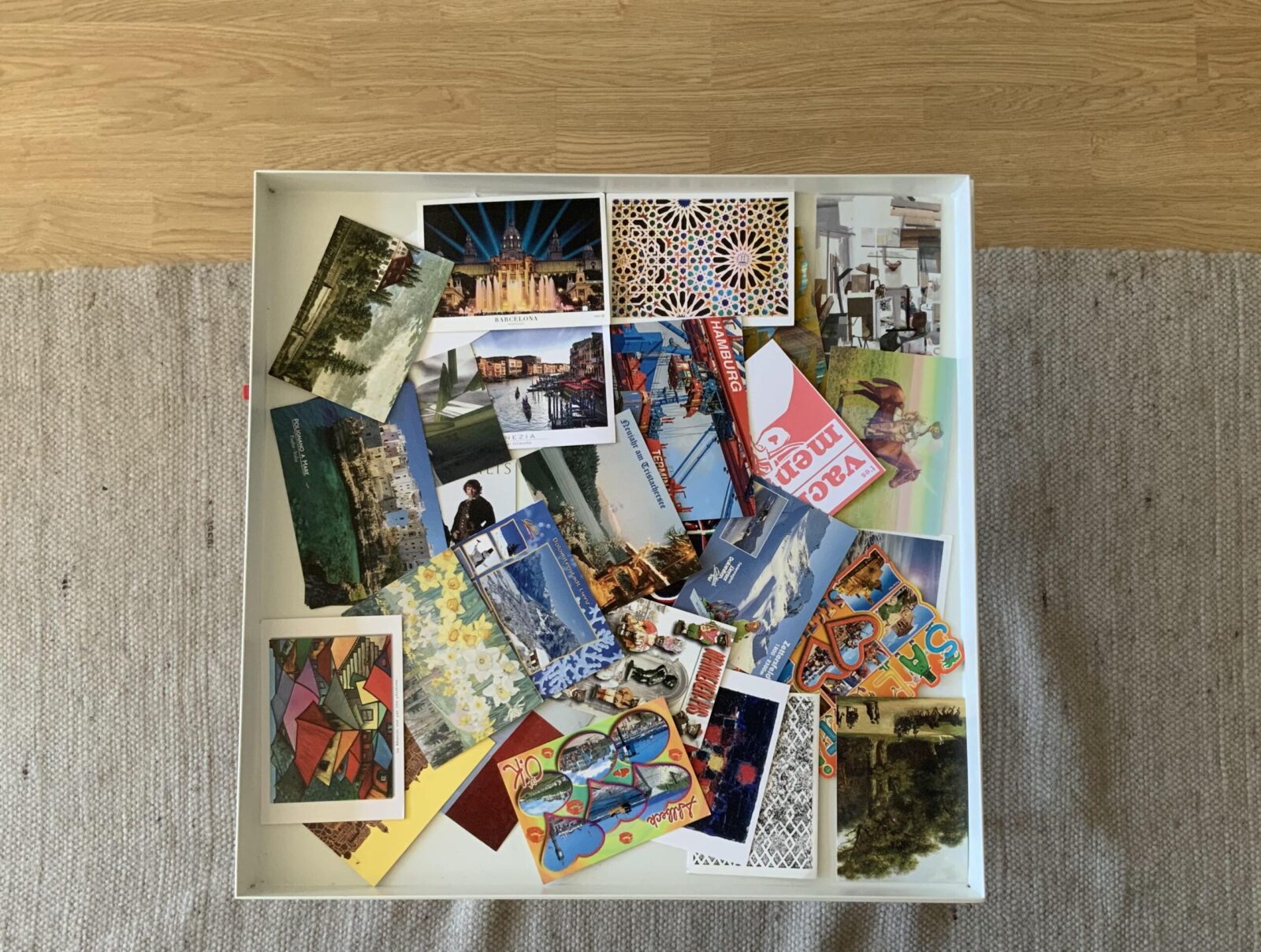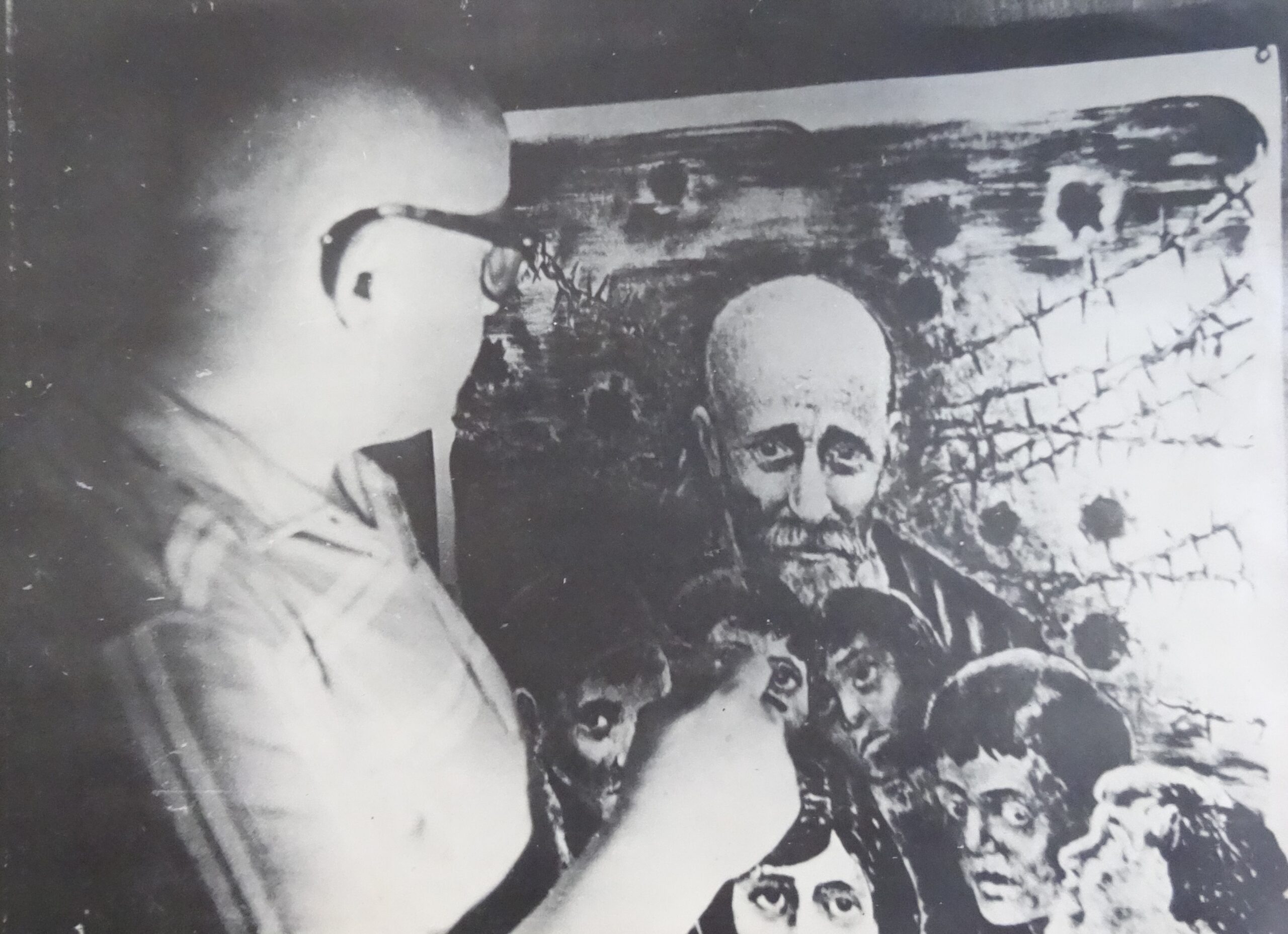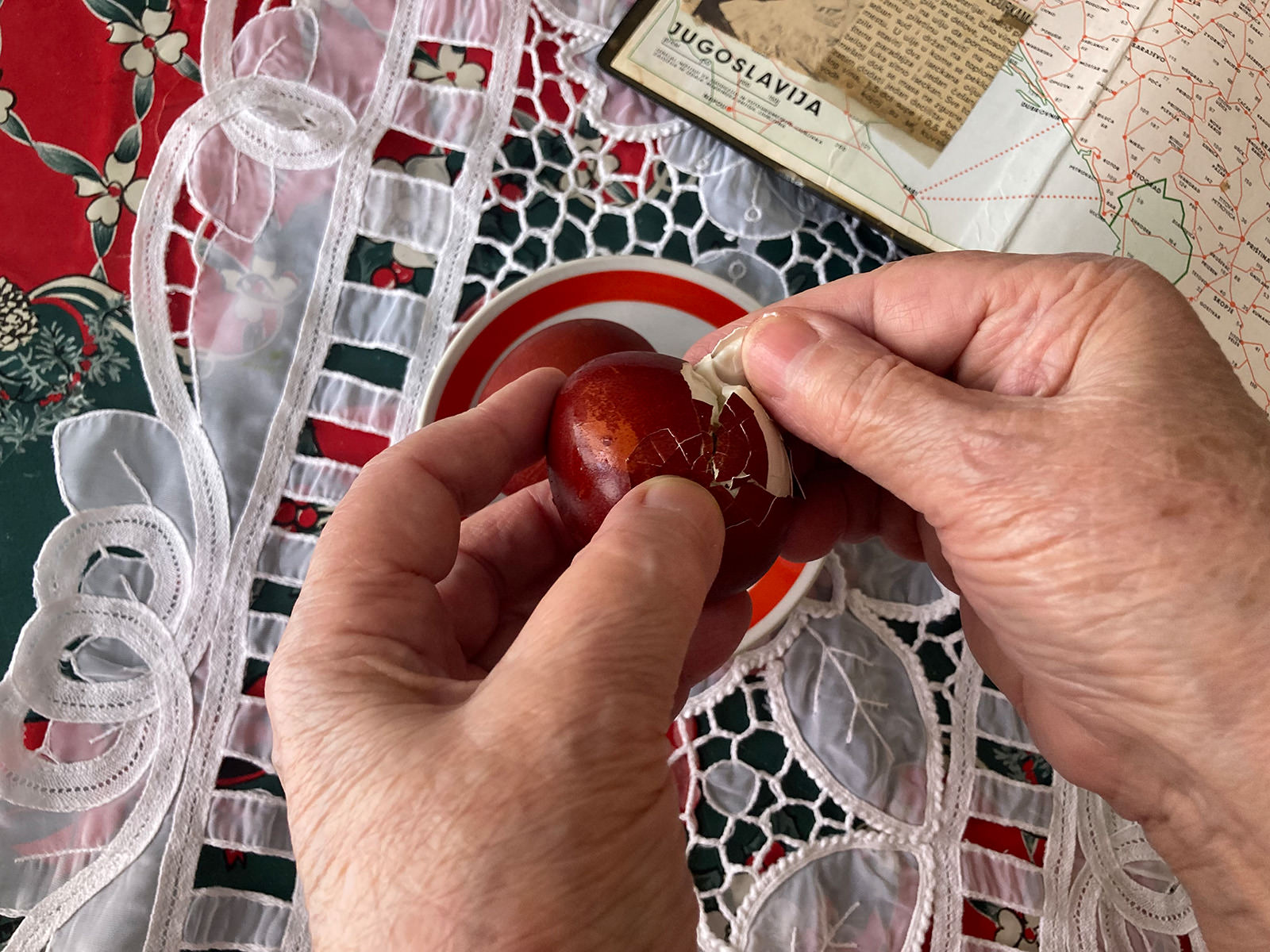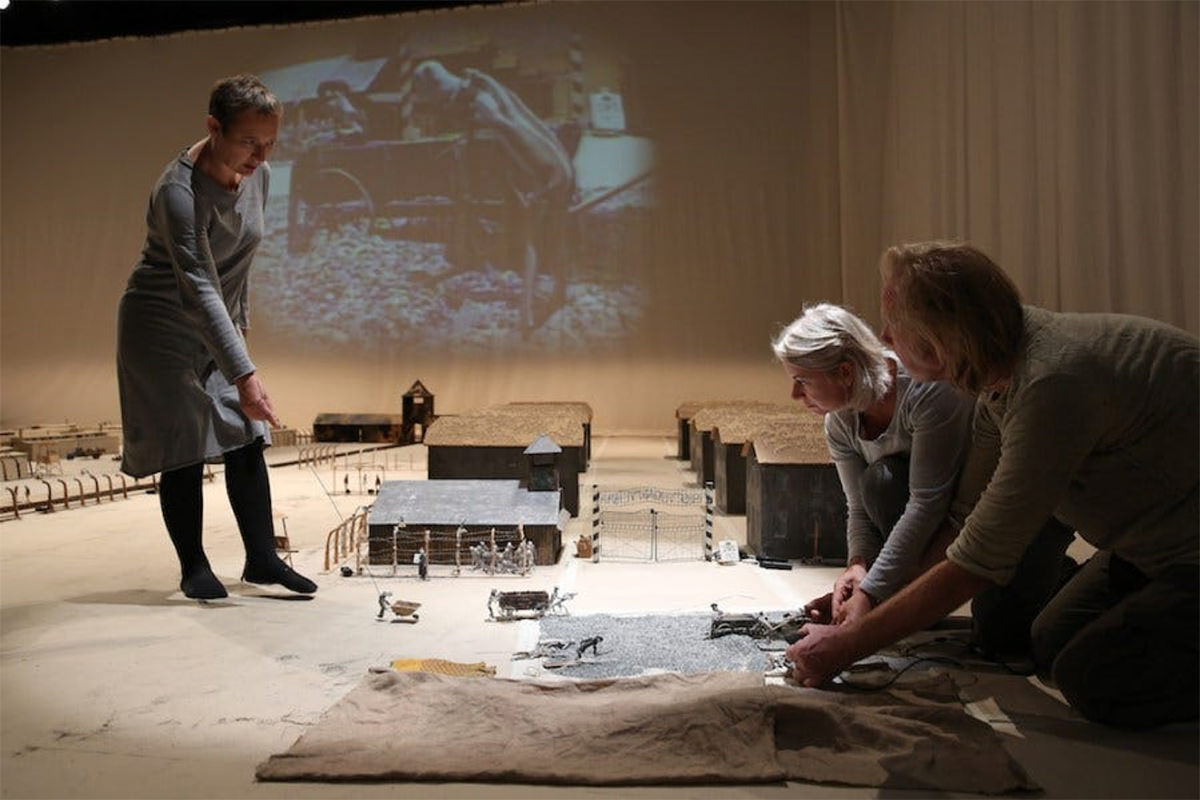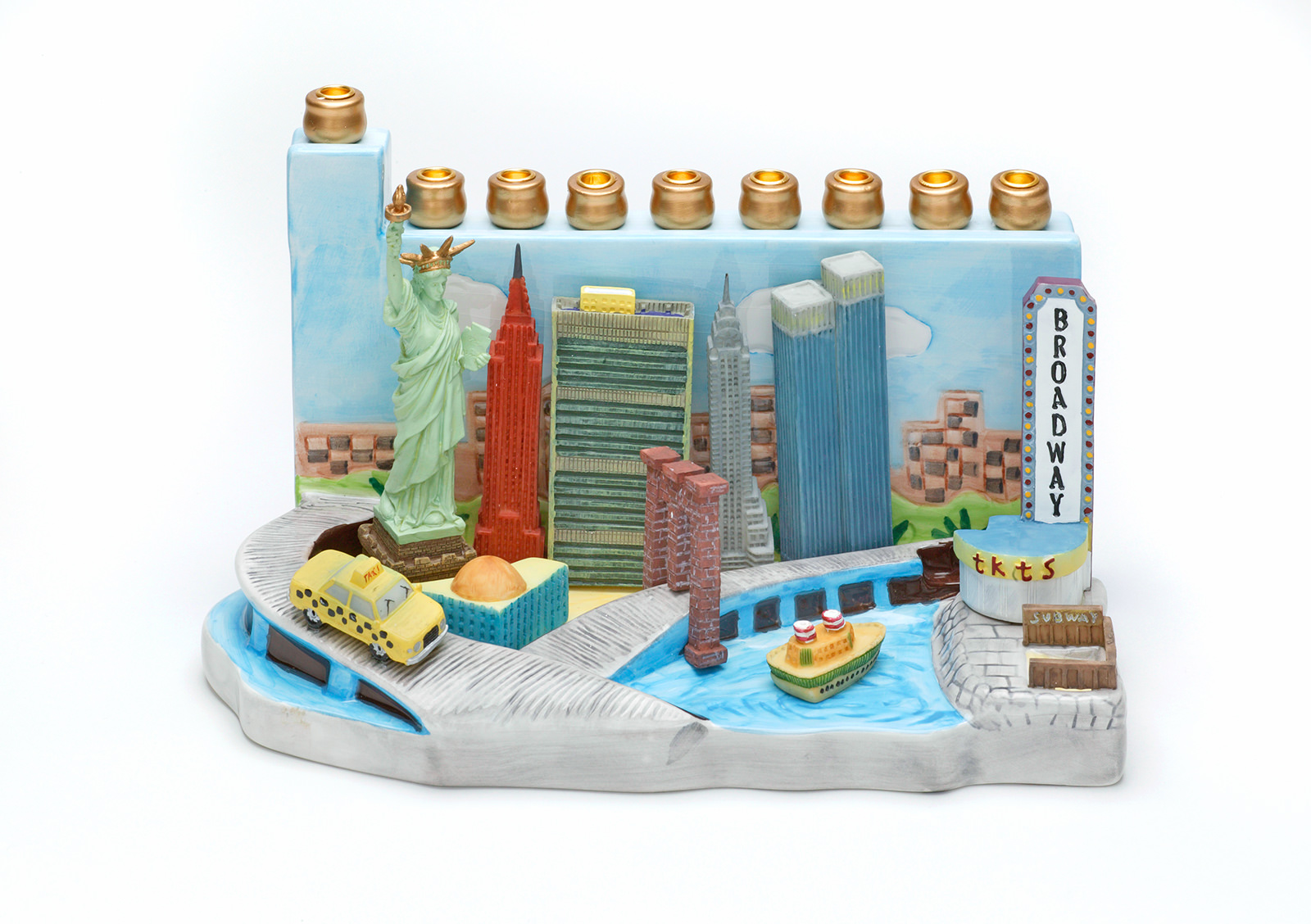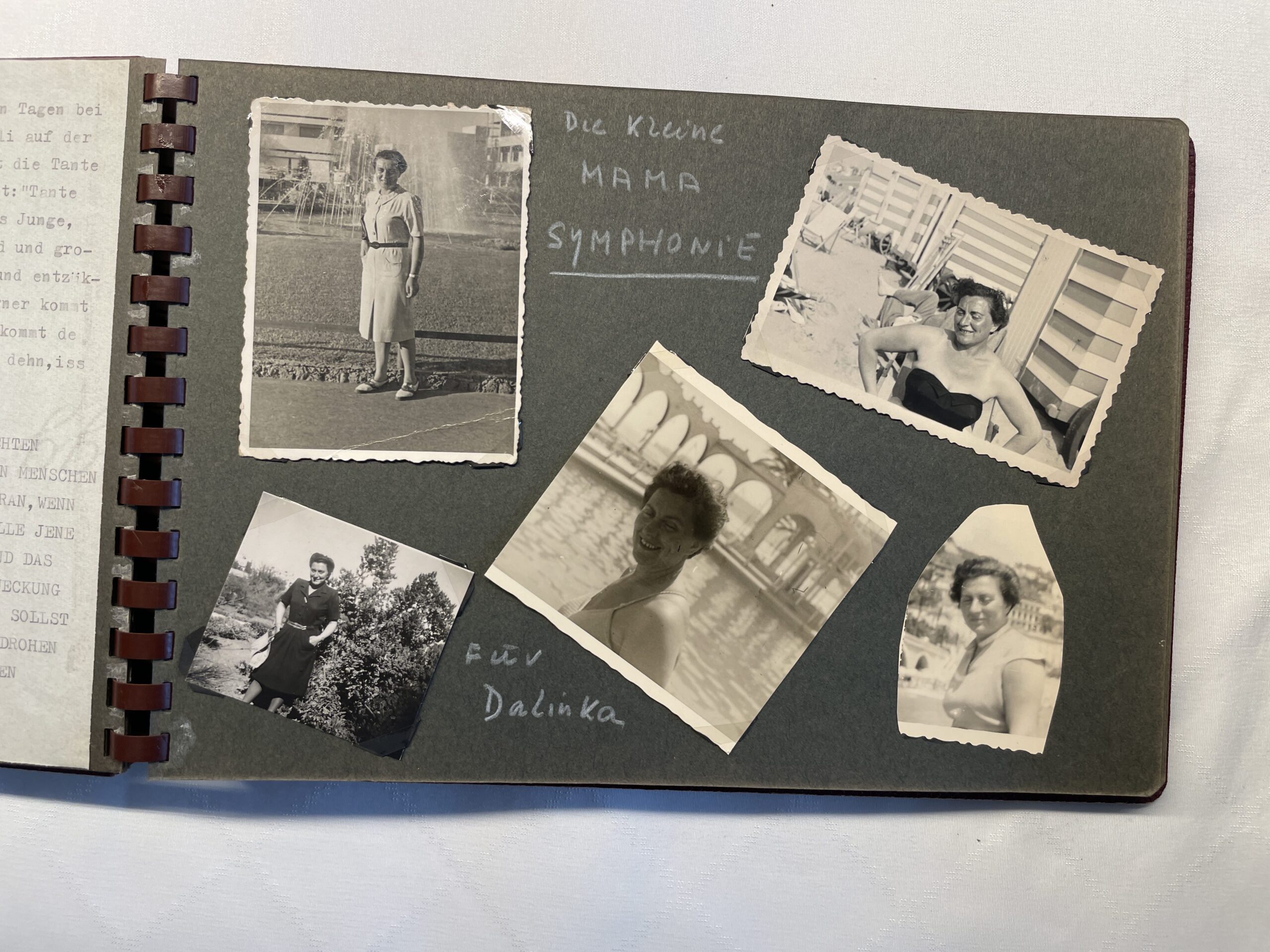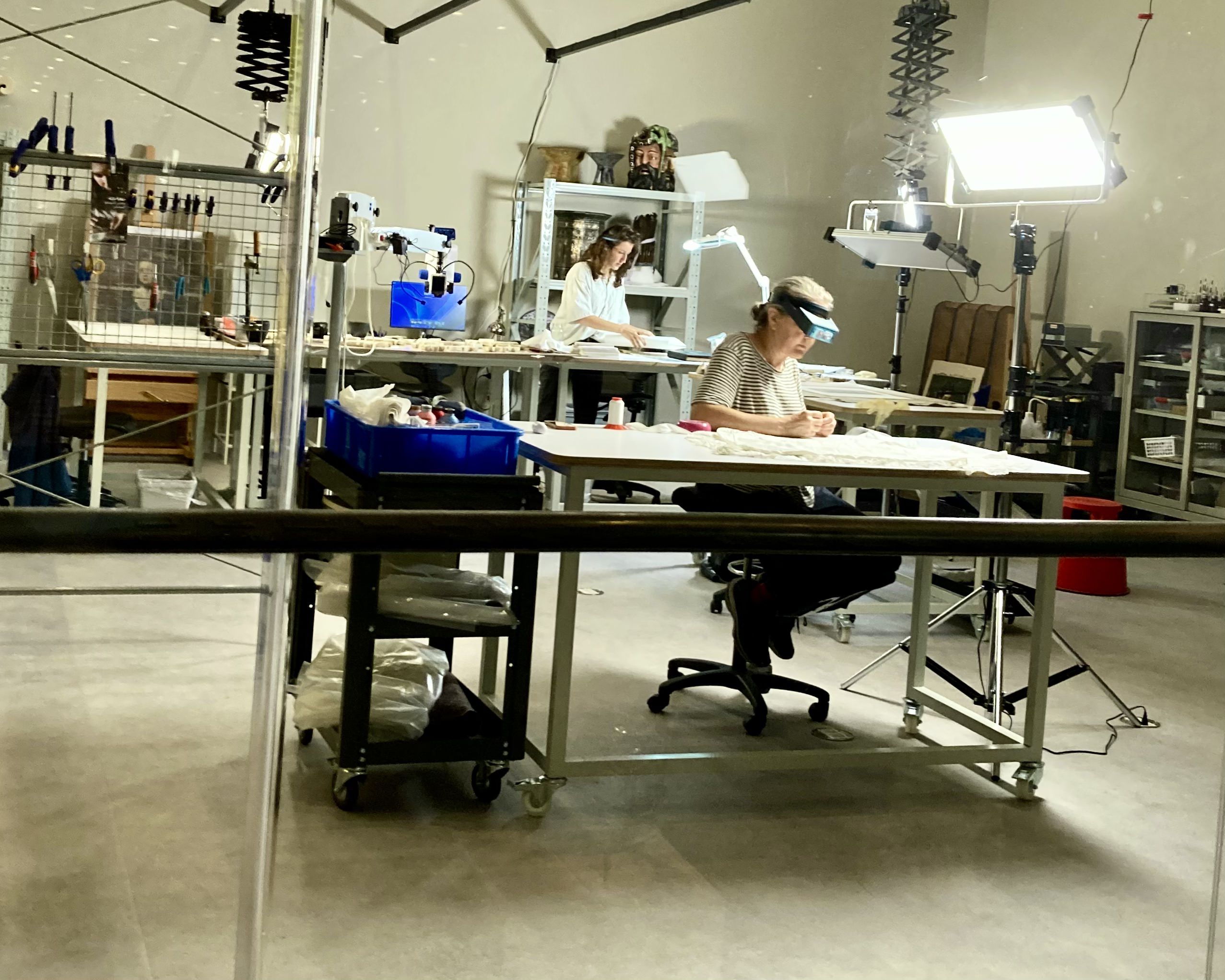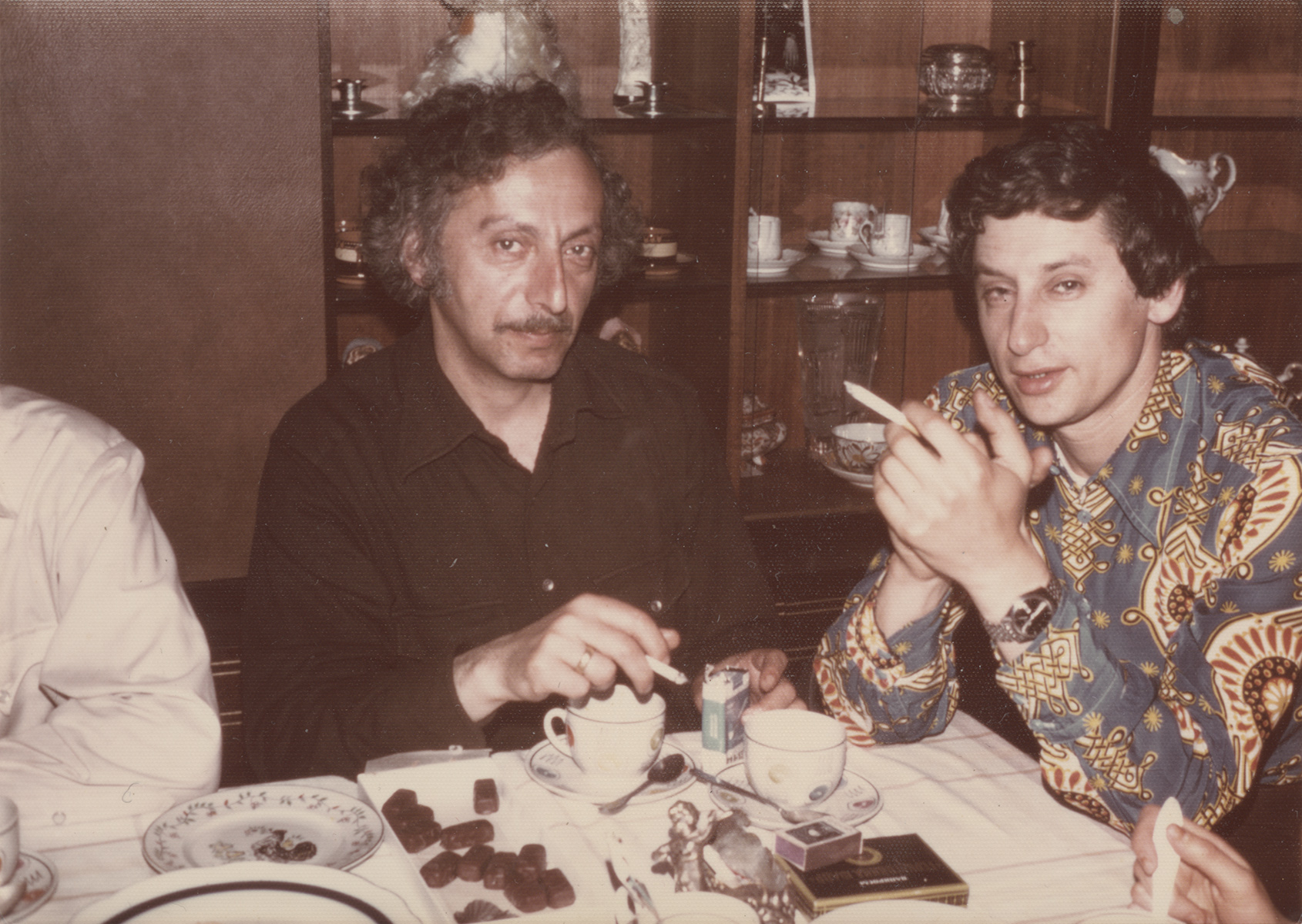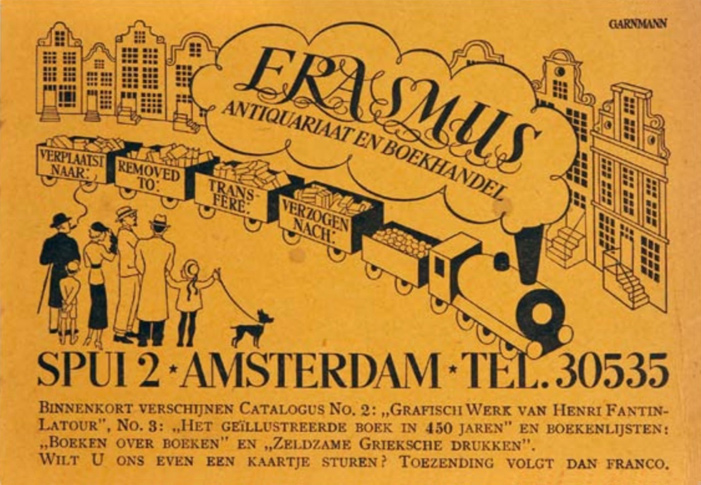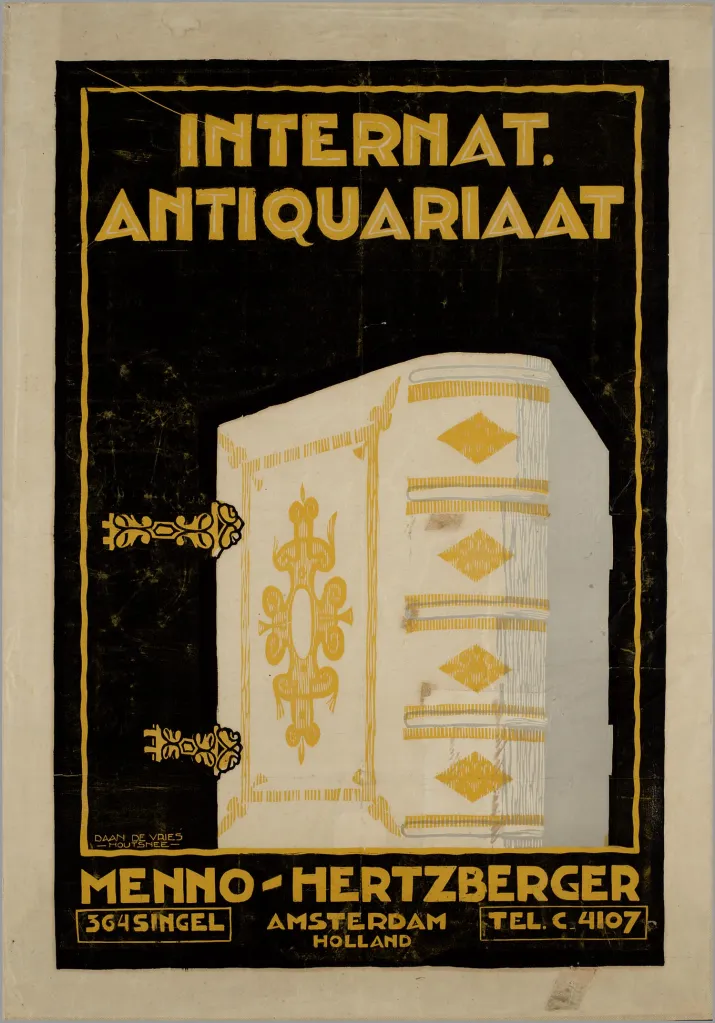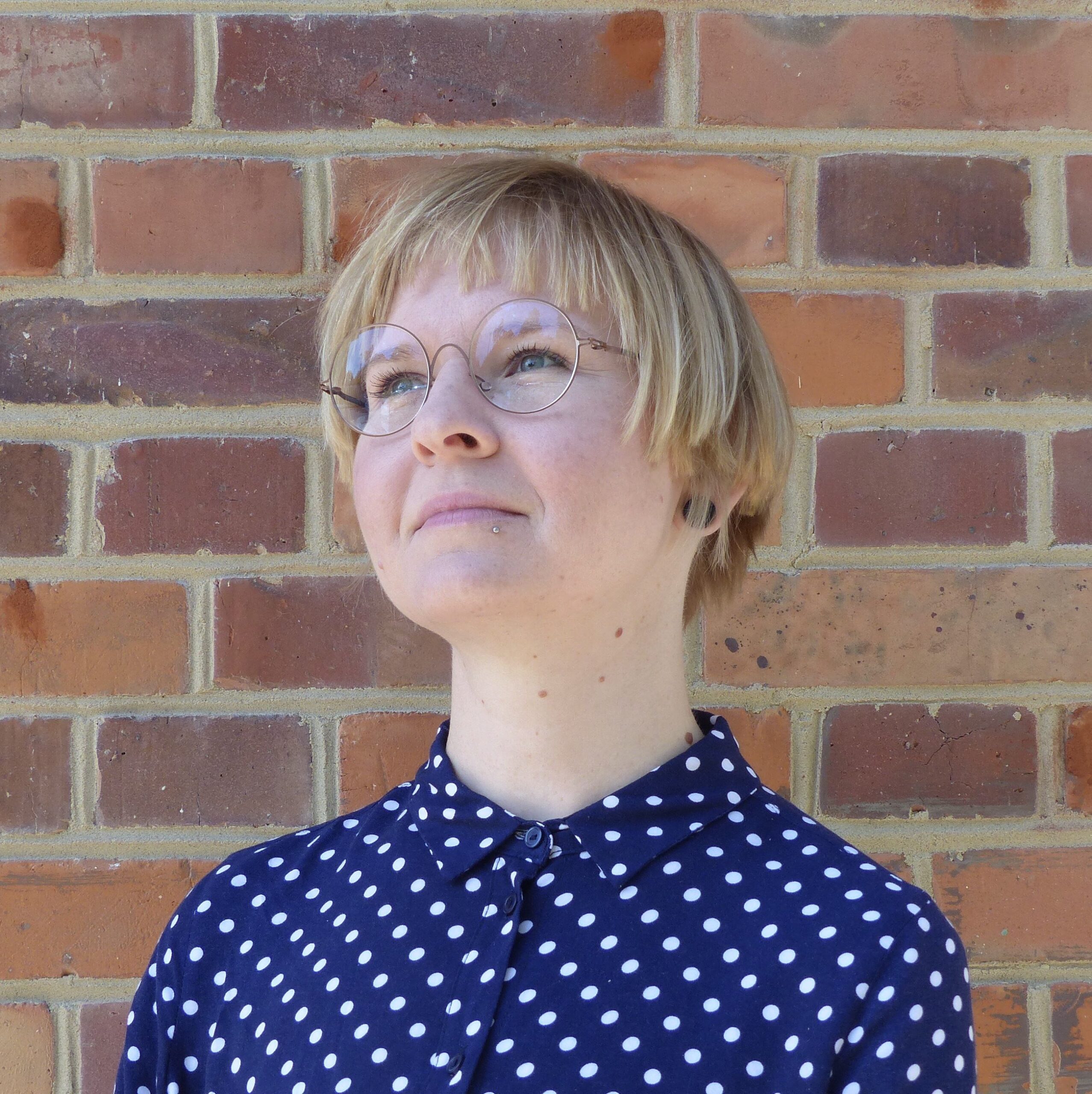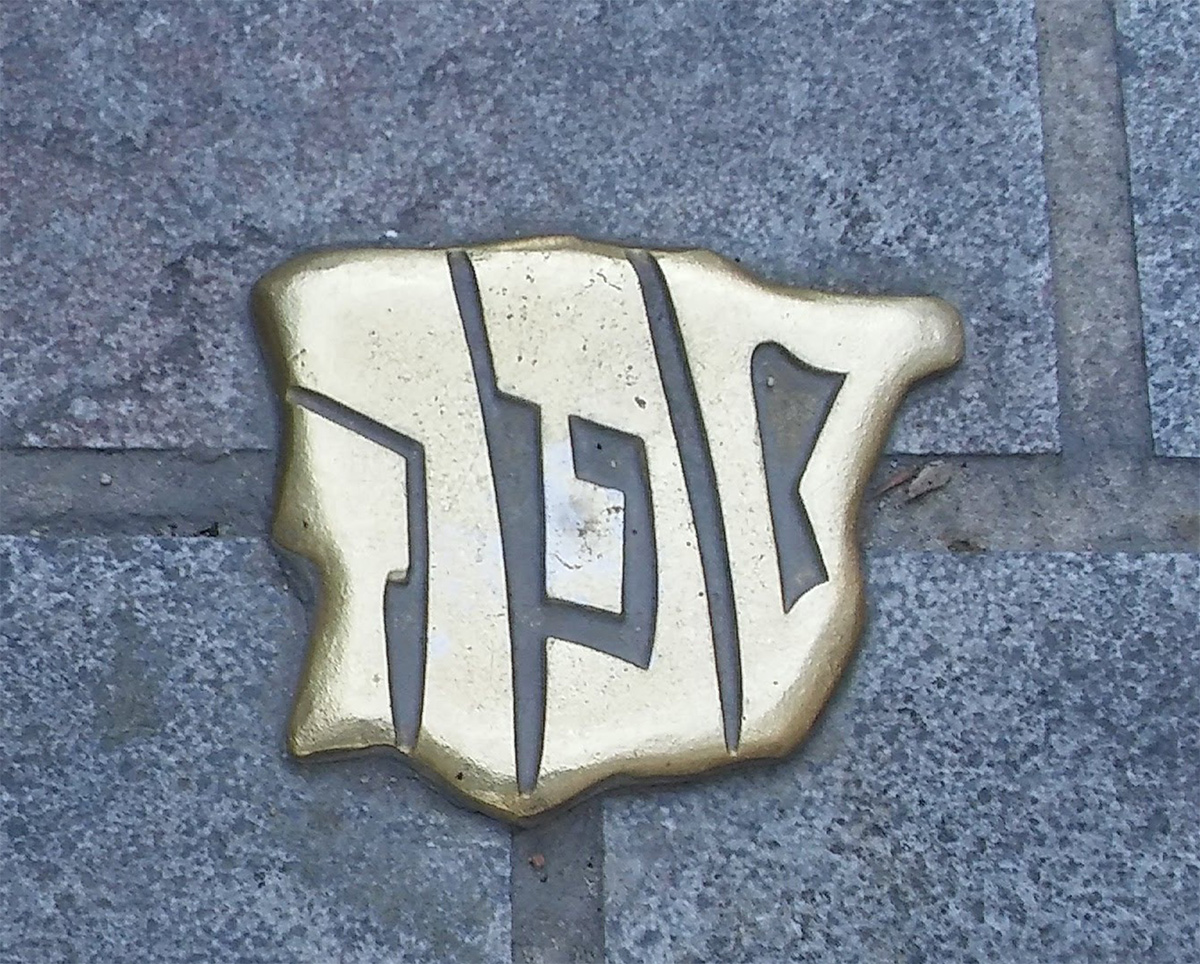
Materializing Memory and Sanctifying Place – Jewish Sephardic Heritage in Contemporary Spain

Threads of Identity – The Evolution of Israeli Fashion and the Attempt to Create a National Dress
The Written Silent, the Visible Absence, and the Text in the Written after 1945 – Materiality of Catastrophe, Exile and Belonging in Barbara Honigmann’s Writings
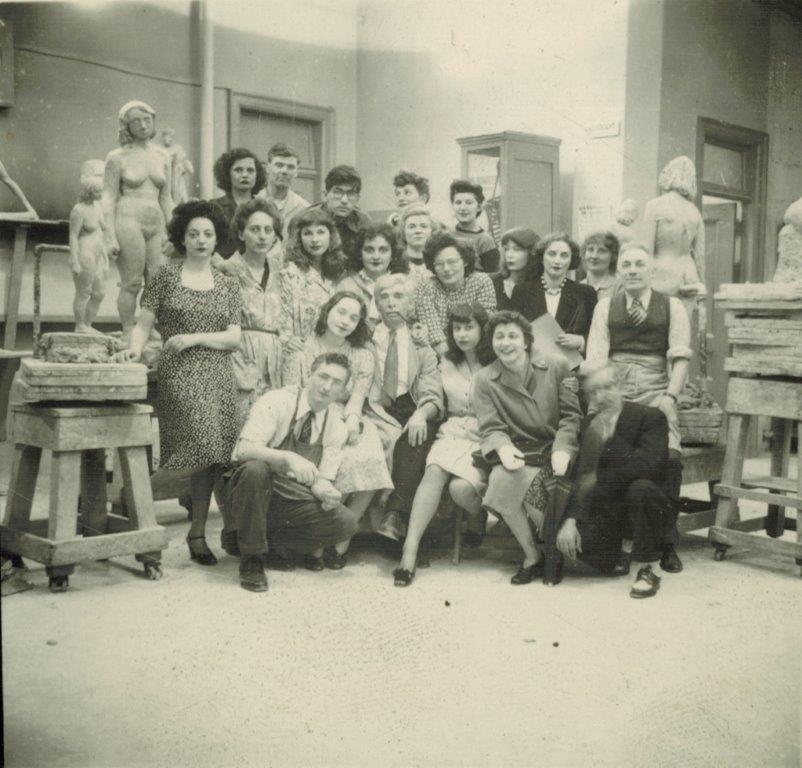
Processing Loss and Fostering Resilience – Jewish and Female Sculptural Strategies of Coping with the 20th Century
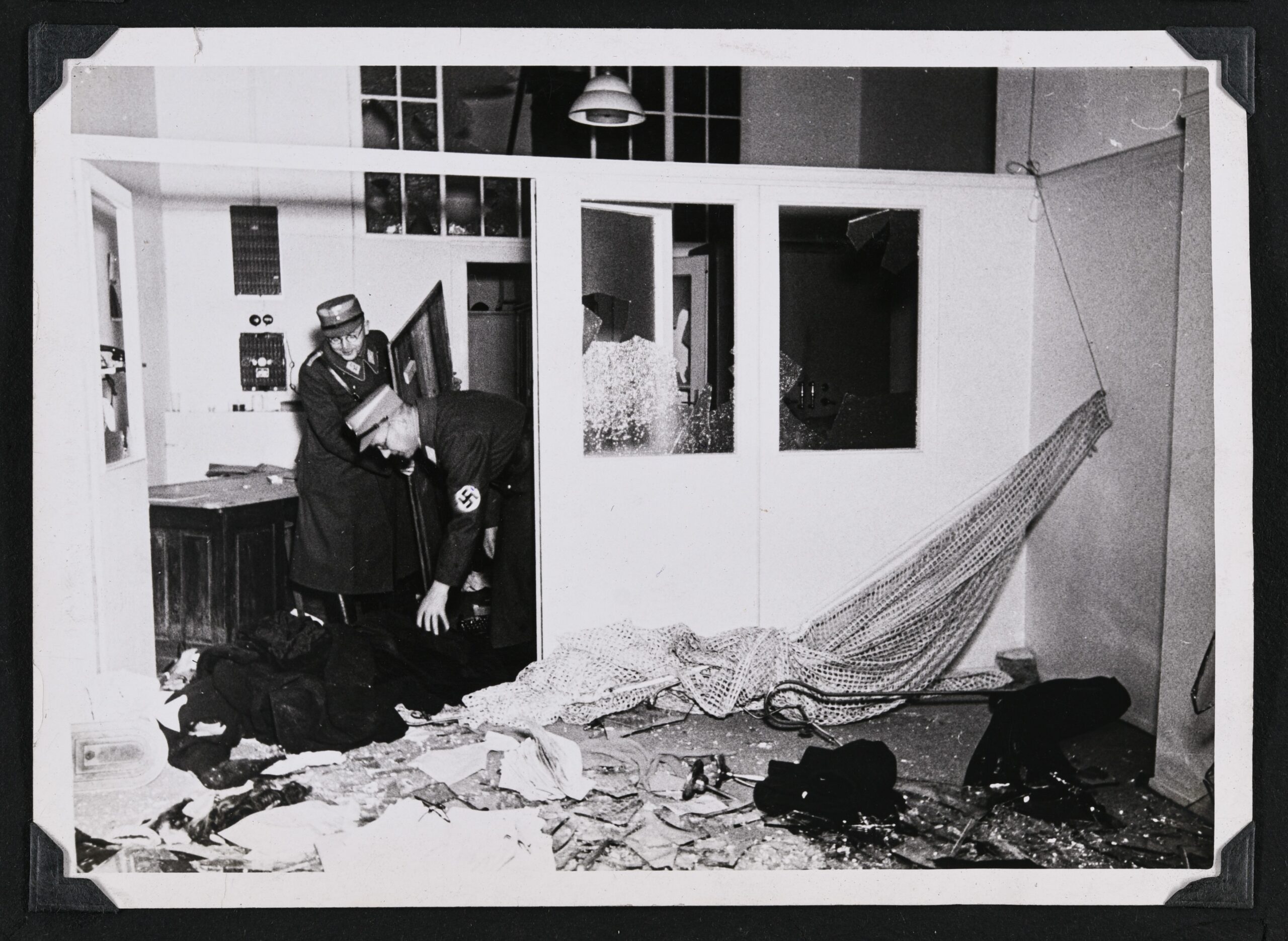
“Home was not Home anymore.” The Destruction of Private Jewish Living Spaces in the November Pogroms of 1938

Corresponding with history – Jewish Postage Stamp Collectors and Jewish Emancipation

Nation-Building and Cultural Heritage – The Making of the Jewish National Library in Jerusalem, 1892–1948
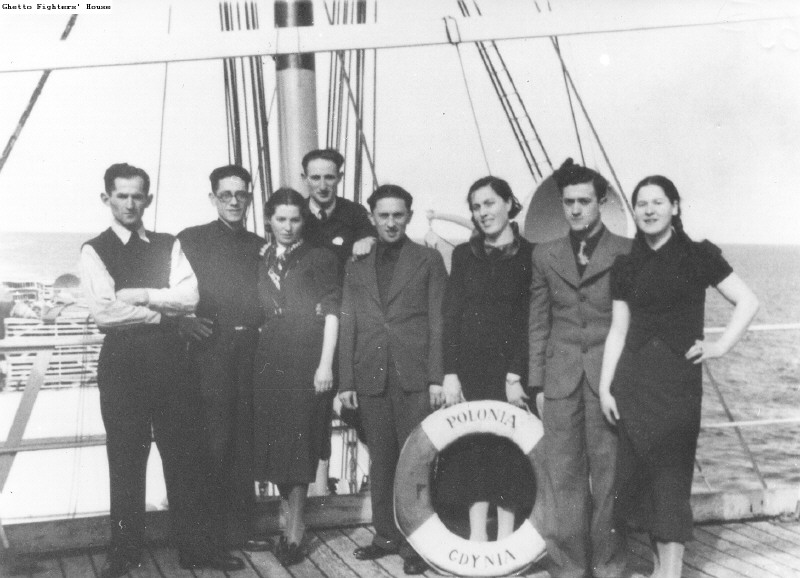
DVARIM POLANIM – Material Culture and the Changing Identity of Polish Jews in Israel across the 20th Century
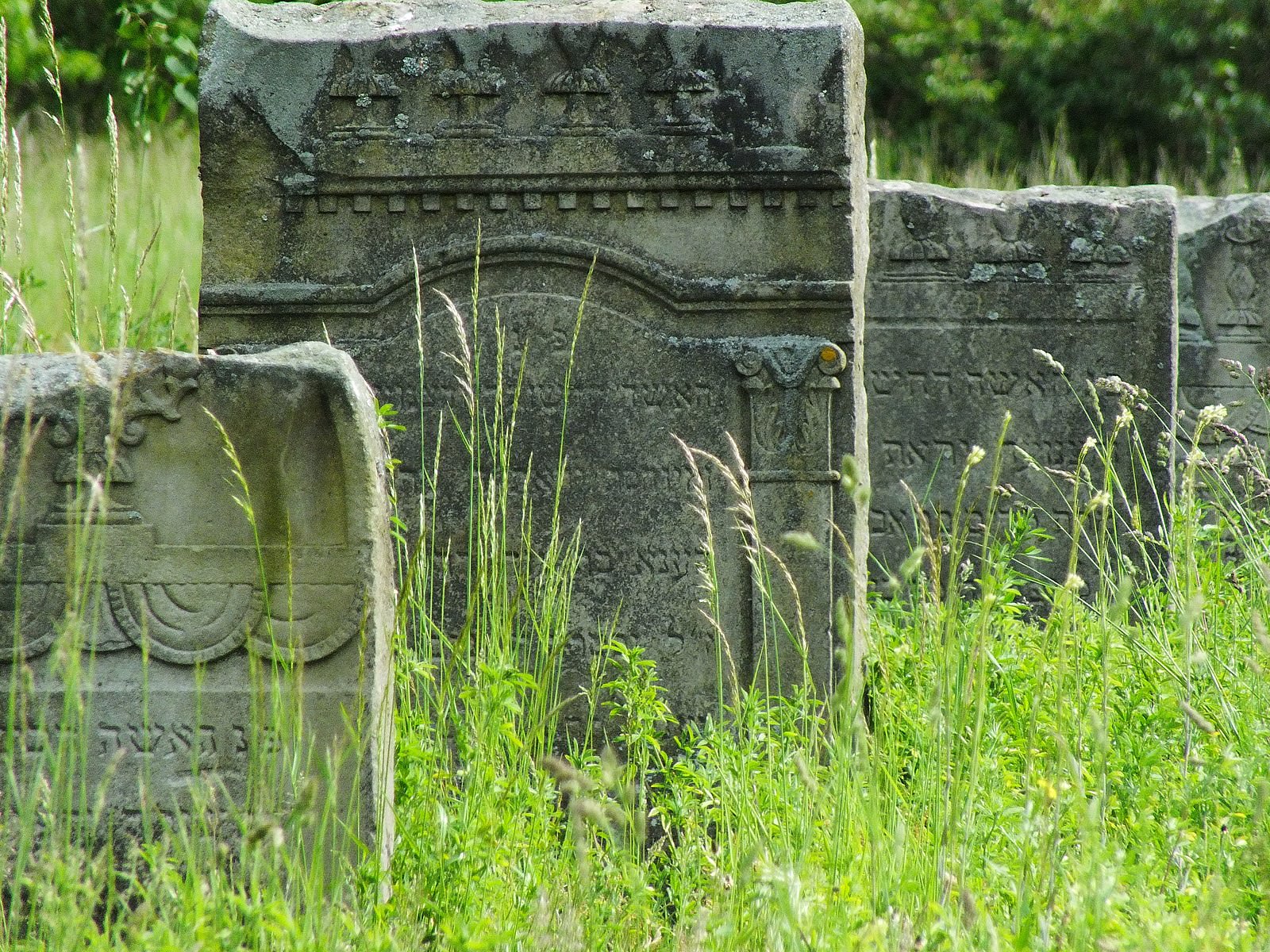
Between Ruins and Revival – Jewish Identity and Material Heritage in Post-Communist Poland
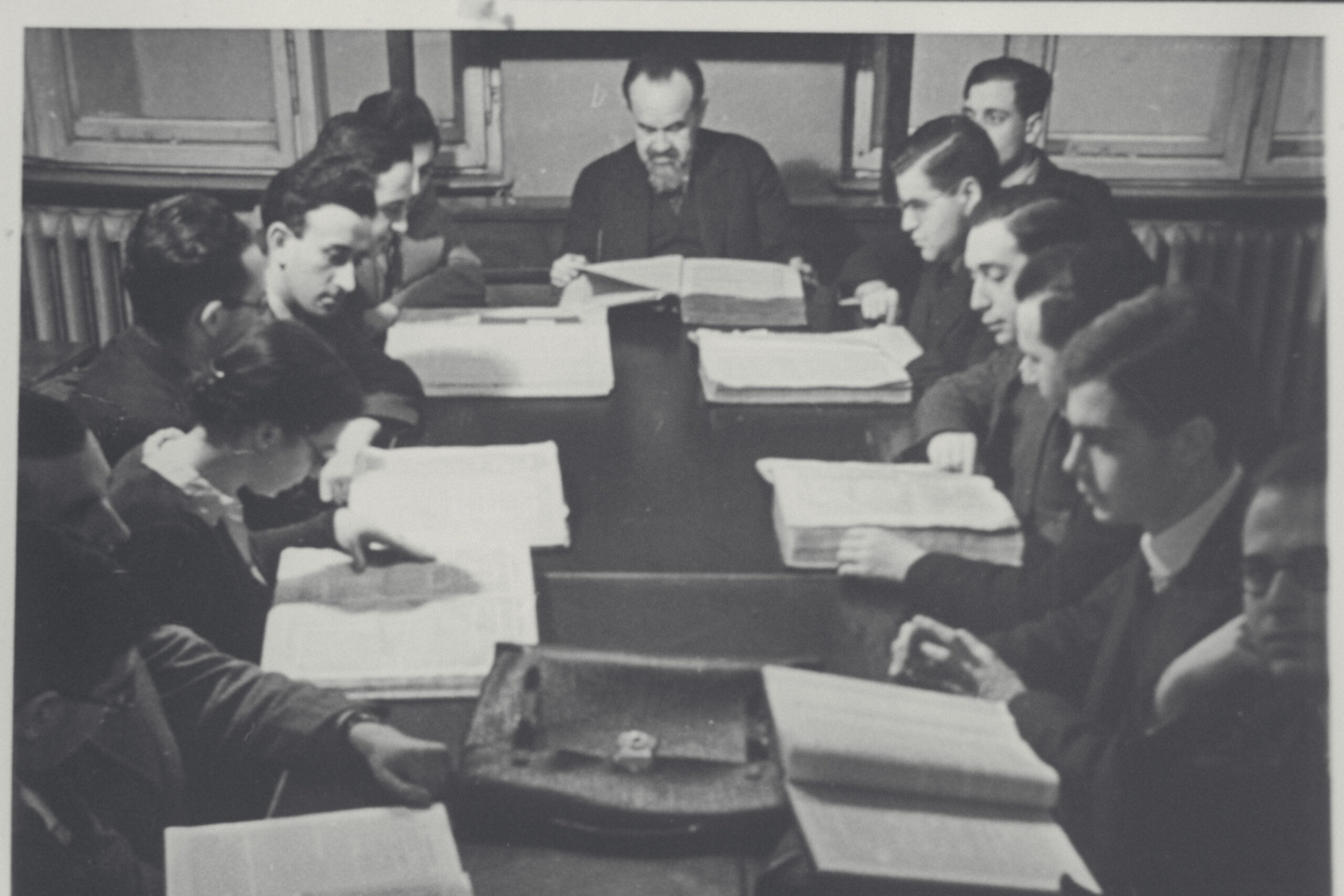
Places of Jewish Knowledge – The Wissenschaft des Judentums and its Material Sites in Berlin’s Urban Landscape, 1871–1961
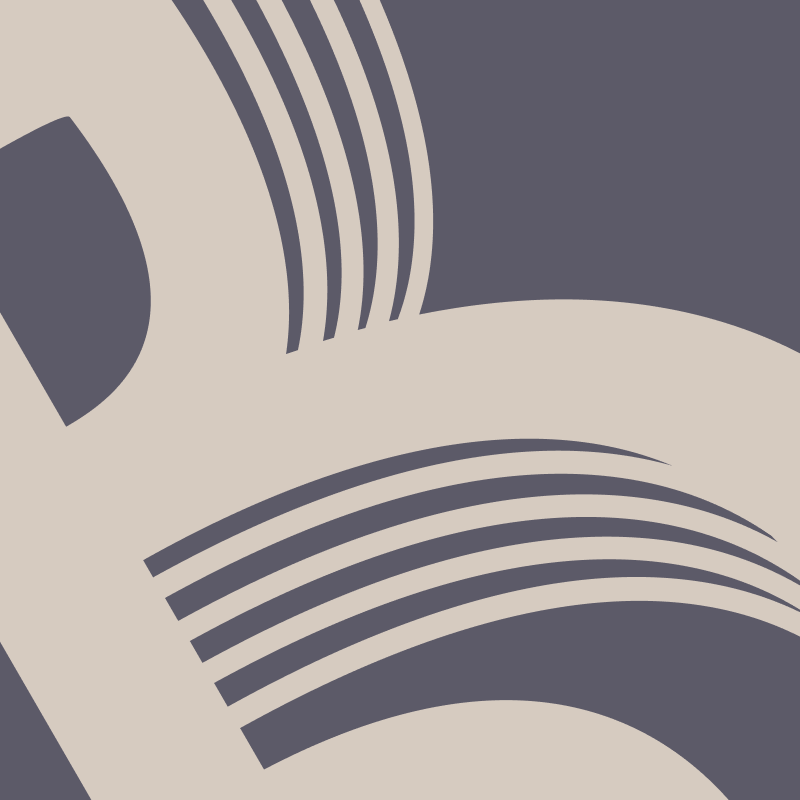
Traces of belonging(s) – on the materiality of the imprisonment experience of Jewish women in the Ravensbrück women’s concentration camp
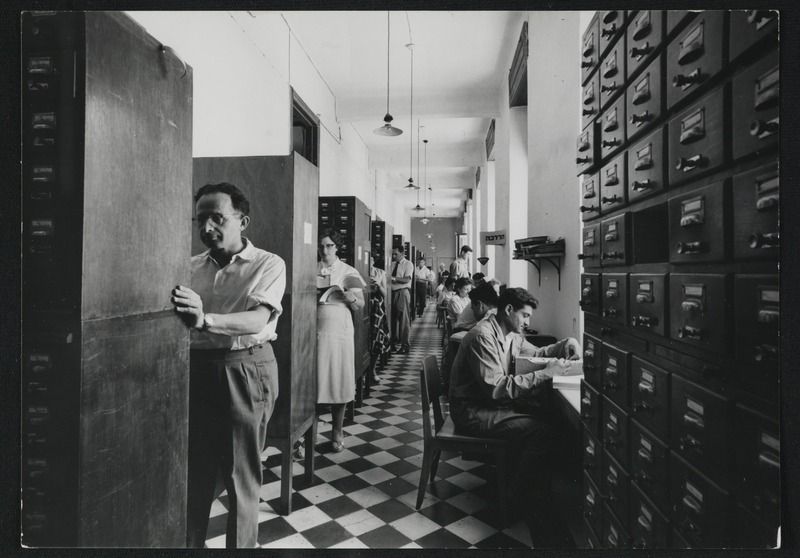
Aufbau im Übergang – Curt Wormann and the Jewish National and University Library between Nation-building and Cultural Diplomacy
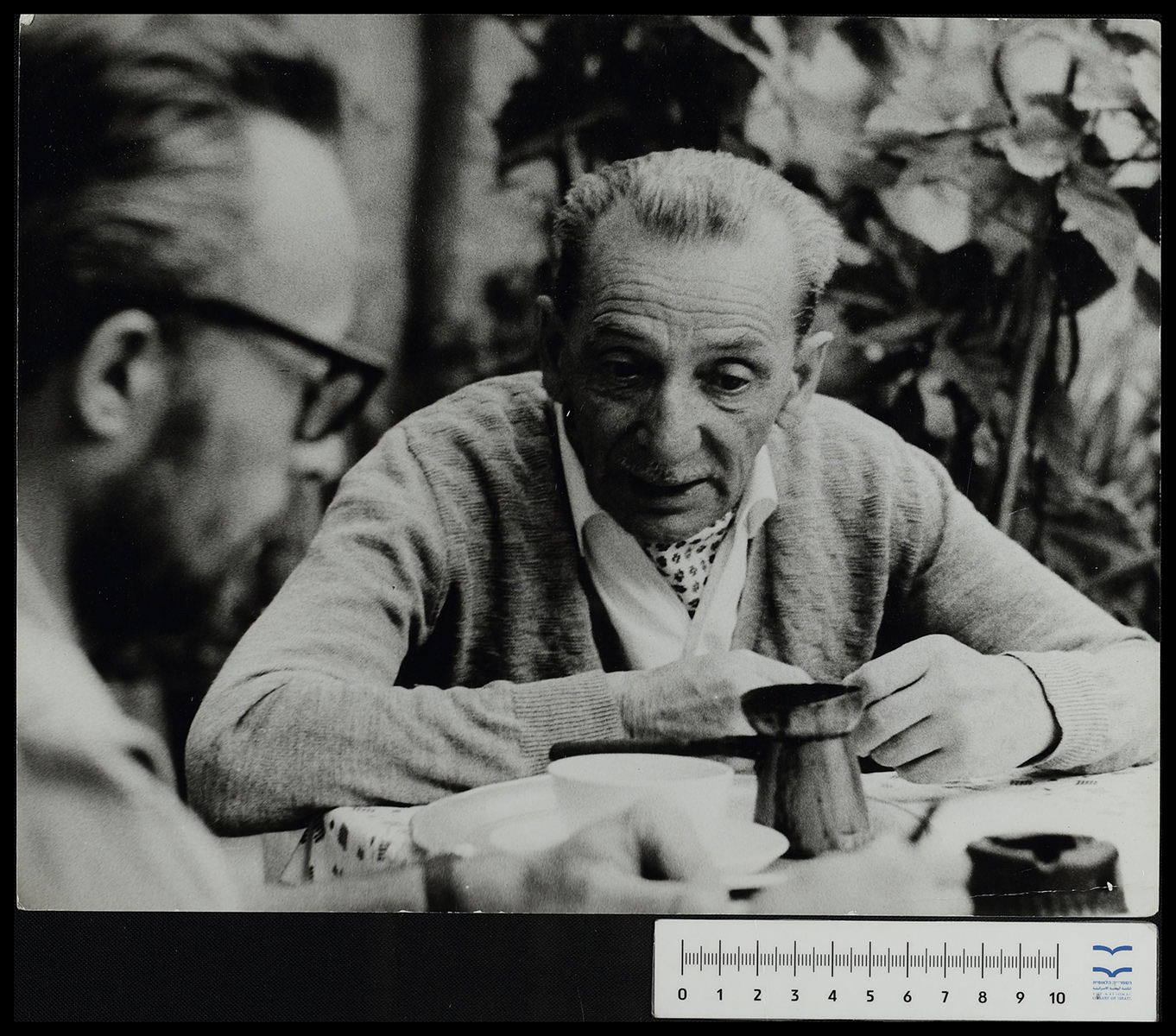
To Change, Question, and Criticize – Concepts of a ‘Werk’ and Concepts of Objects in Illustrated Magazines in Berlin and Vienna during the 1920s.
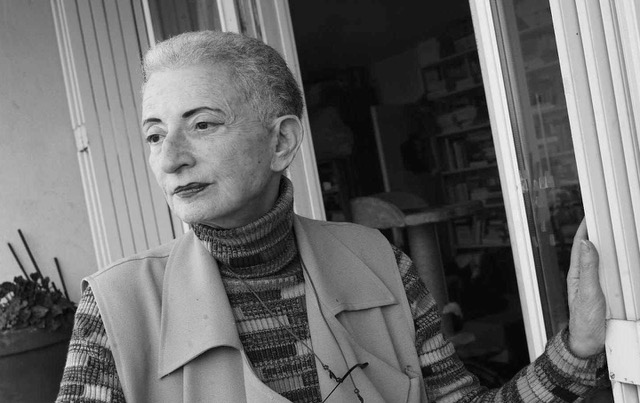
“Mes poumons comme les rouleaux de la Thora” – Towards a Poetics of the Trace: Jewishness, Exile, and Writing in the Work of Hélène Cixous

Jewish Antiquarian Bookshops in Nazi-occupied Netherlands
Combining approaches from provenance research and cultural history, my project will closely examine the exemplary cases of four Jewish-owned antiquarian bookshops in the Netherlands from the mid-1930s to the postwar period with an emphasis on the years of the German occupation (1940–1945). Two of the bookshops were long-established Dutch businesses: Antiquariaat Meijer Elte (The Hague) and Menno Hertzberger’s Internationaal Antiquariaat (Amsterdam). The other two were reestablished in Dutch exile after their owners had fled Nazi Germany: Erasmus Boekhandel en Antiquariaat by Abraham Horodisch (Amsterdam) and Ludwig Rosenthal’s Antiquariaat (The Hague). Their preserved business records as well as other archival sources in both Germany and the Netherlands document how the German occupation authorities gradually dispossessed these antiquarian booksellers of their businesses by passing numerous regulations aimed at removing Jews from Dutch economic life.
The project explores different cases of changing ownership of books on the backdrop of the war and the Holocaust. They range from refugees who cannot avoid selling their private libraries on their way into exile, often doing so with the aid of Jewish antiquarian booksellers, to the confiscation of the latter‘s warehouses, all the way to books being plundered from the households of deported Dutch Jews. Some of these books can still be found in public German libraries today.
In this constellation, books appear in shifting roles as private property and cherished collector’s items, sometimes connected to family history, as well as goods carrying economic value and mediums of knowledge that the parties involved were keen to obtain. One leading research question will be how the people linked to the four antiquarian bookshops saw their own lives affected by the books that passed through their hands and what meaning they attributed to them.
